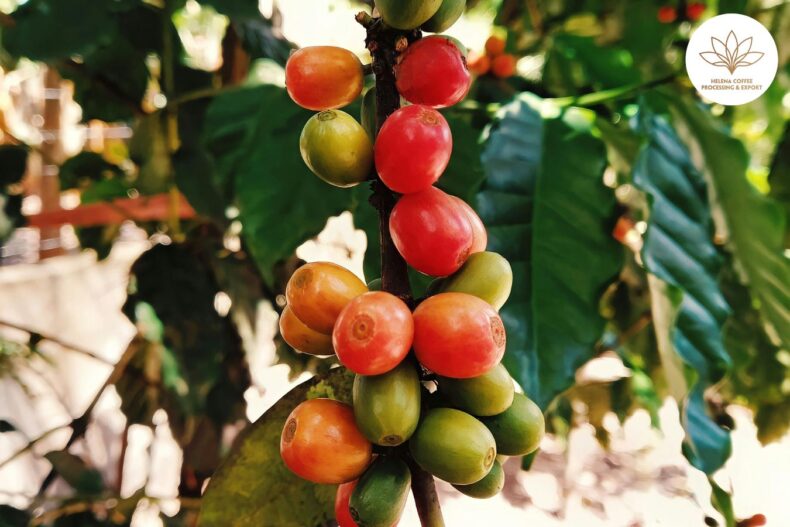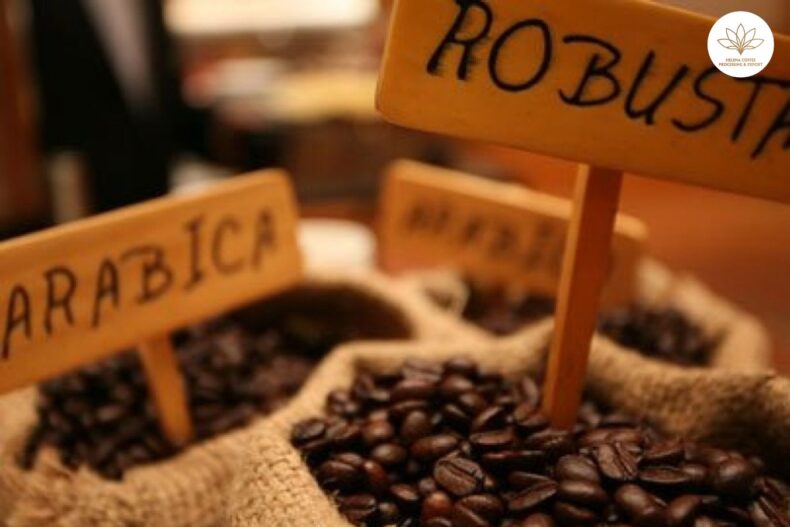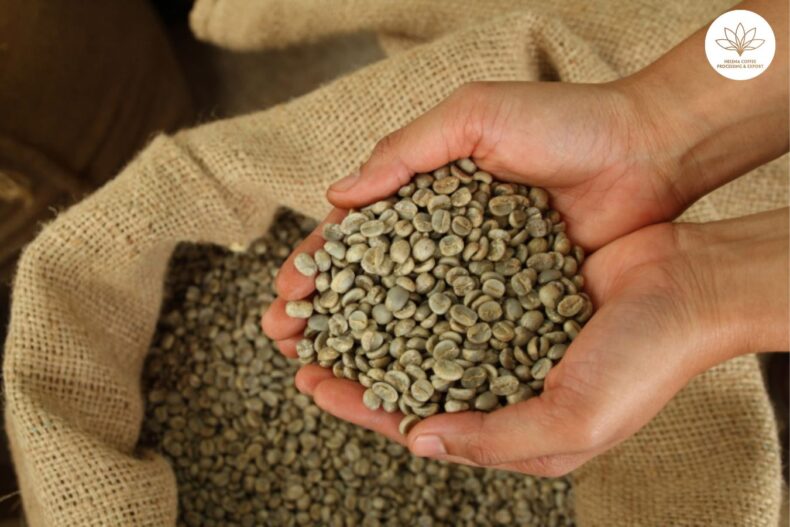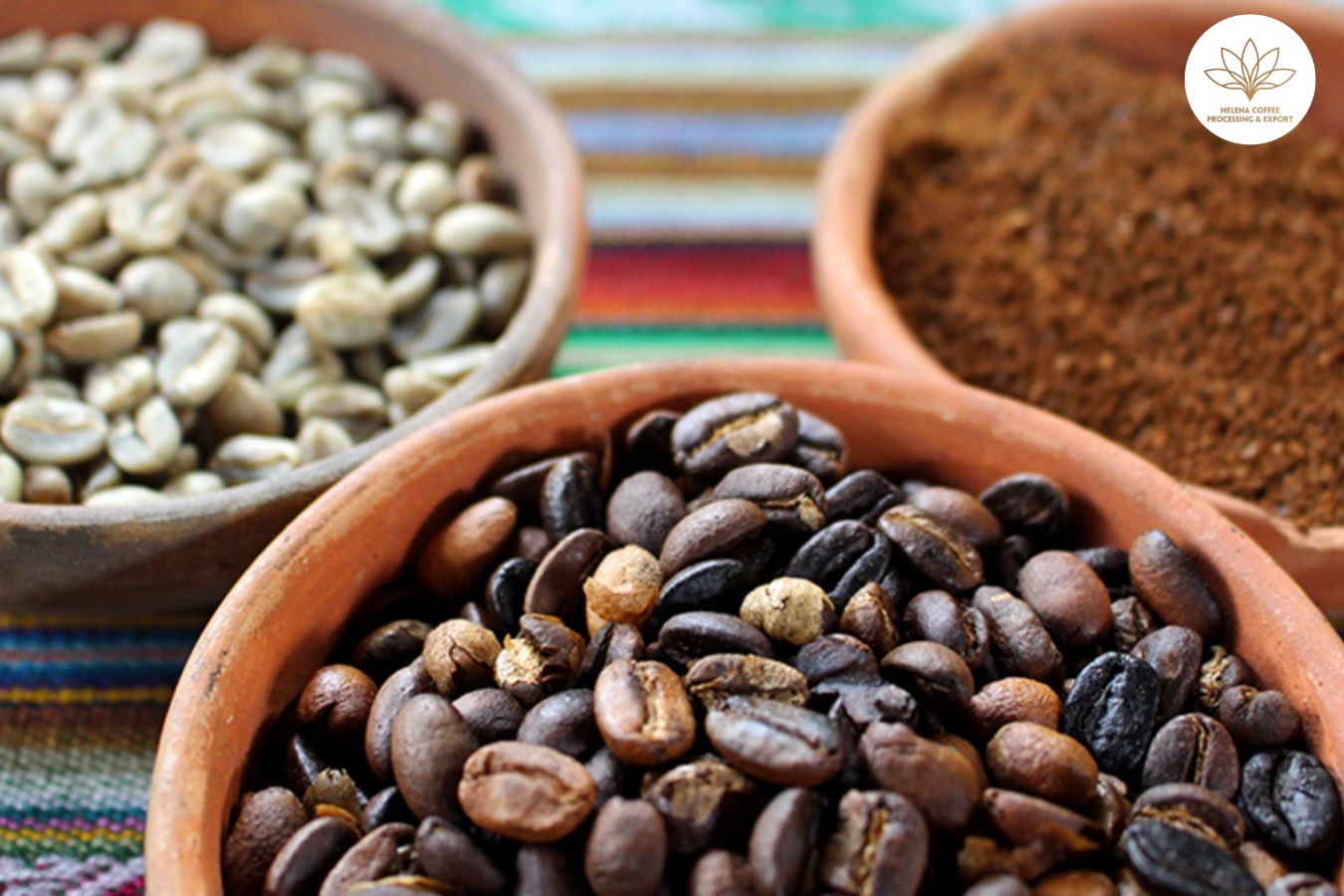
The Cecafe Exporters Association said that Brazil’s coffee exports in October 2023 reached 4.08 million bags (60kg), up 24.5% compared to a year earlier, due to both types of coffee. Arabica and robusta both recorded strong growth. Brazil is the world’s largest coffee producer and exporter.
Of which, Arabica coffee exports increased by 8% to 3.42 million bags; Robusta coffee increased sharply by 479.5% to 662,051 bags, much higher than the previous crop year, because major producers such as Indonesia and Vietnam reported lower output.
Consulting firm Safras & Mercado said that coffee sales by Brazilian farmers increased in the first half of November 2023 as prices rose, but remained lower than the same period last year and the long-term average in this period.
According to Safras, Brazilian producers sold 64% of their 2023/24 crop as of November 13, 2023, up 8 percentage points from the previous month but slightly below the 65% mark. % sold at this point in 2022 and the five-year average is 66%.
Safras consultant Gil Barabach said coffee sales last month could have been even higher if buyers did not maintain a “cautious stance”. Arabica coffee sales reached 60% of expected production, below the long-term average of 64%, while robusta coffee transactions were estimated at 72%, above the 66% five-year average.
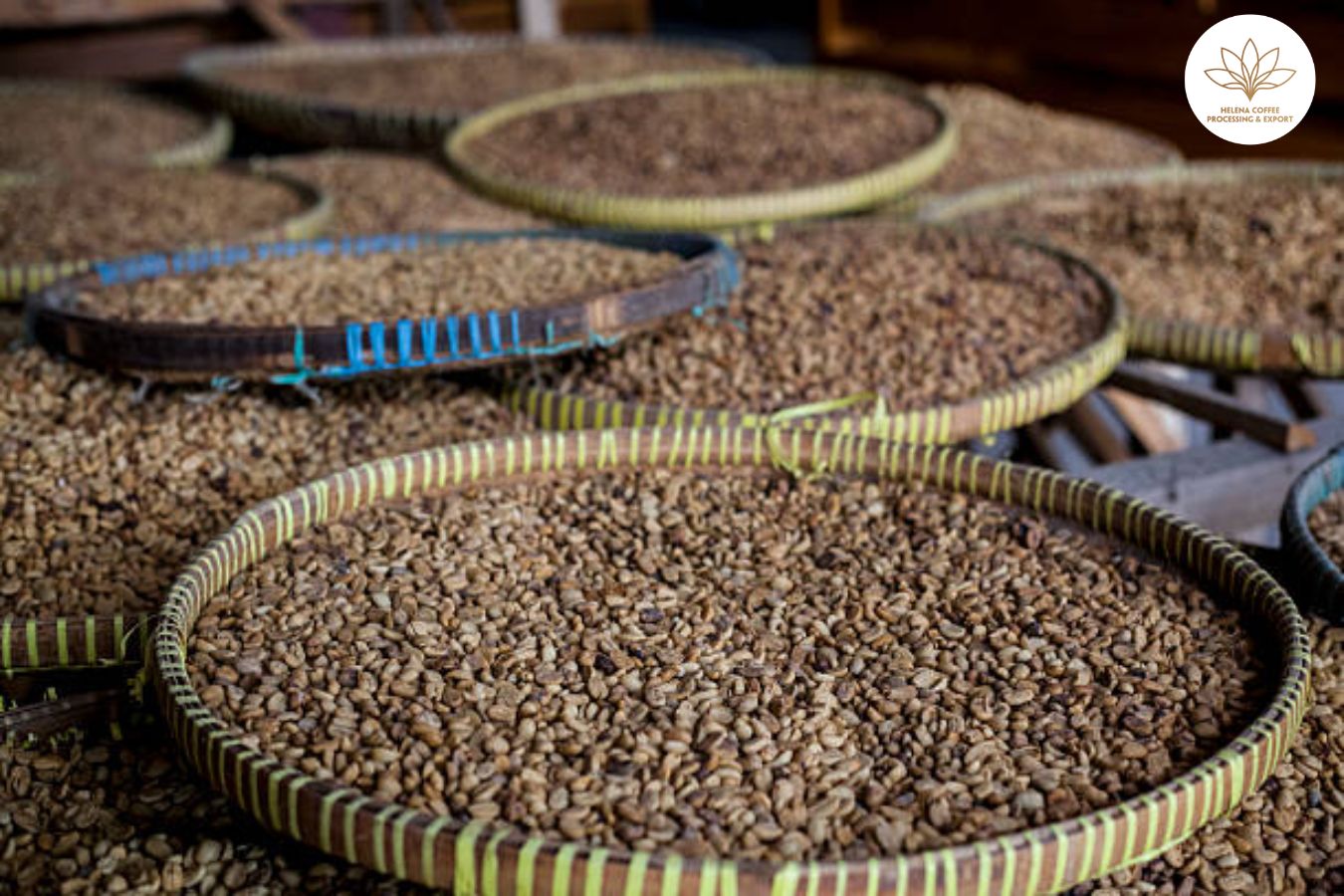
In a report, environmentalist and analyst hEDGEpoint Global Markets said that coffee production in Brazil is expected to reach a historic high of 74.24 million bags (60kg) in the 2024/25 crop year, surpassing the previous record announced in the 2020/21 crop year.
This is the first forecast in the market for next year’s coffee season, with arabica production expected to reach 48.31 million bags, up from the previous forecast of 47.63 million bags; Robusta products are expected to reach 25.93 million bags, up from 23.28 million bags in the previous project.
Most analysts expect a larger coffee production in the run-up to 2024/25, but not all expectations are that the production can achieve a record, surpassing the 2020/21 crop. .
hEDGEpoint analyst Natalia Gandolphi said that Robusta coffee products in Brazil will increase support for good development in coffee fields in Espirito Santo state, despite recent times. Recent extremely high temperatures only affected Arabica coffee producers.
With the adjustment to the Brazilian season, analysts expect the global coffee supply-demand balance to have a surplus of 3.38 million bags in the 2024/25 crop year, compared to a flare of 1.5 million bags in the 2023/24 crop year.
Honduras is the leading coffee grower in Central America and the fifth largest exporter globally.
According to the National Coffee Institute of Honduras (IHCAFE), this country’s coffee producers exported 5.34 million bags in the just ended 2022/23 crop year, lower than the previously estimated 5.5 million bags. .
Pedro Mendoza, chairman of the board of directors of IHCAFE, said that the 2023/24 coffee season will not be very favorable. In many regions, coffee estates do not have the ability to analyze high costs in international markets. IHCAFE forecasts that Honduras’ coffee exports in the new crop year will reach about 4.98 million bags (60kg), down 6.6% compared to the previous crop year.
According to the US Department of Agriculture’s Foreign Agricultural Service (FAS), more than 100,000 Honduran households are involved in the coffee business, contributing about 5% of the country’s economic output.
Preliminary data from the National Coffee Institute of Costa Rica (ICAFE) has found that the country’s coffee exports in October 2023 skyrocketed nearly 120% compared to the same month in May, reaching nearly 19,200 bags (60kg type). .
As one of the small coffee growing countries in Central America, Costa Rica is famous for its high quality Arabica coffee beans, global coffee supply. ICAFE did not comment on the enhanced export variant in October, the first campaign of the 2023/24 mission, which typically has low exports.
ICAFE estimates that Costa Rica’s 2023/24 target will reach production of 1,465 million bags, down 0.2% compared to the previous crop year.
The coffee season in Central America and Mexico usually lasts from October of the previous year to September of the following year.
